Our Premier League news section provides insight into everything happening within the league including current issues, transfer speculation and betting insight to help you make predictions on individual games.
Bet Slip
Premier League
Latest Premier League news
Latest Premier League News
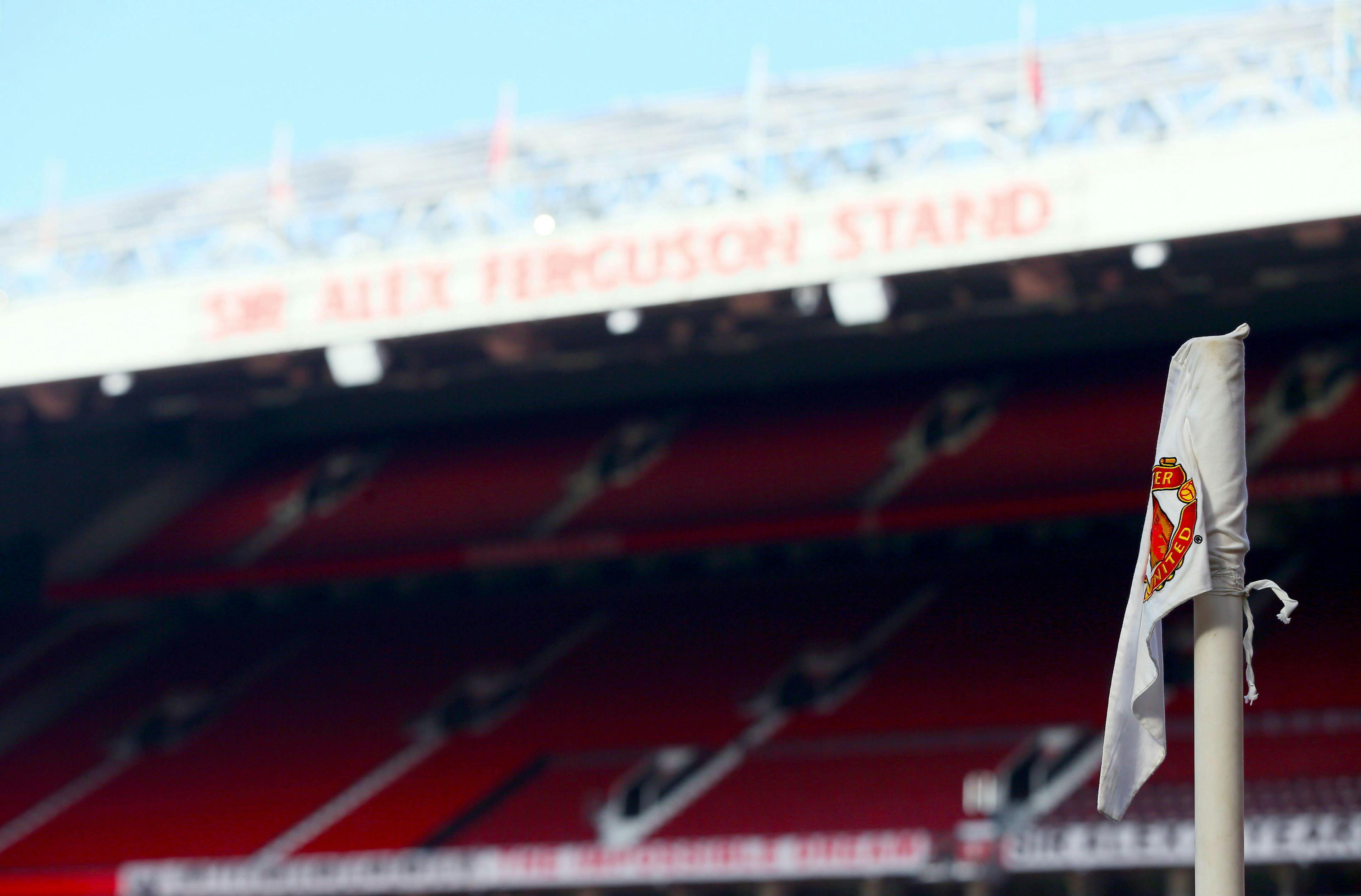
Manchester United vs Bournemouth: 45/1 Mega Bet Builder Tip 15/12/2025
Manchester United have the opportunity to move into the top five in the Premier League, as they host a Bournemouth side who have slipped to 15th in the league table after their ear...
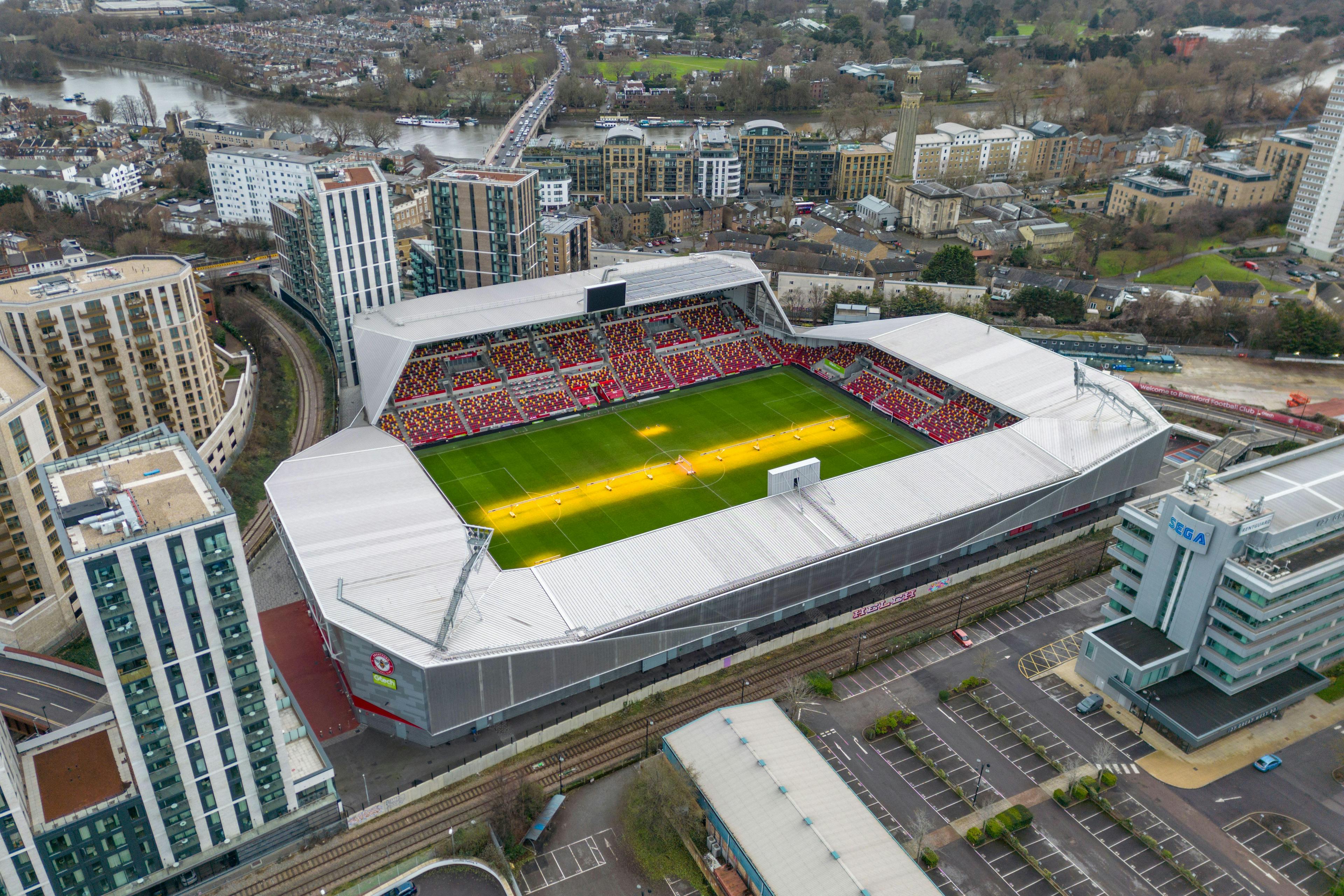
Brentford vs Leeds: 54/1 Mega Bet Builder Tip 14/12/2025
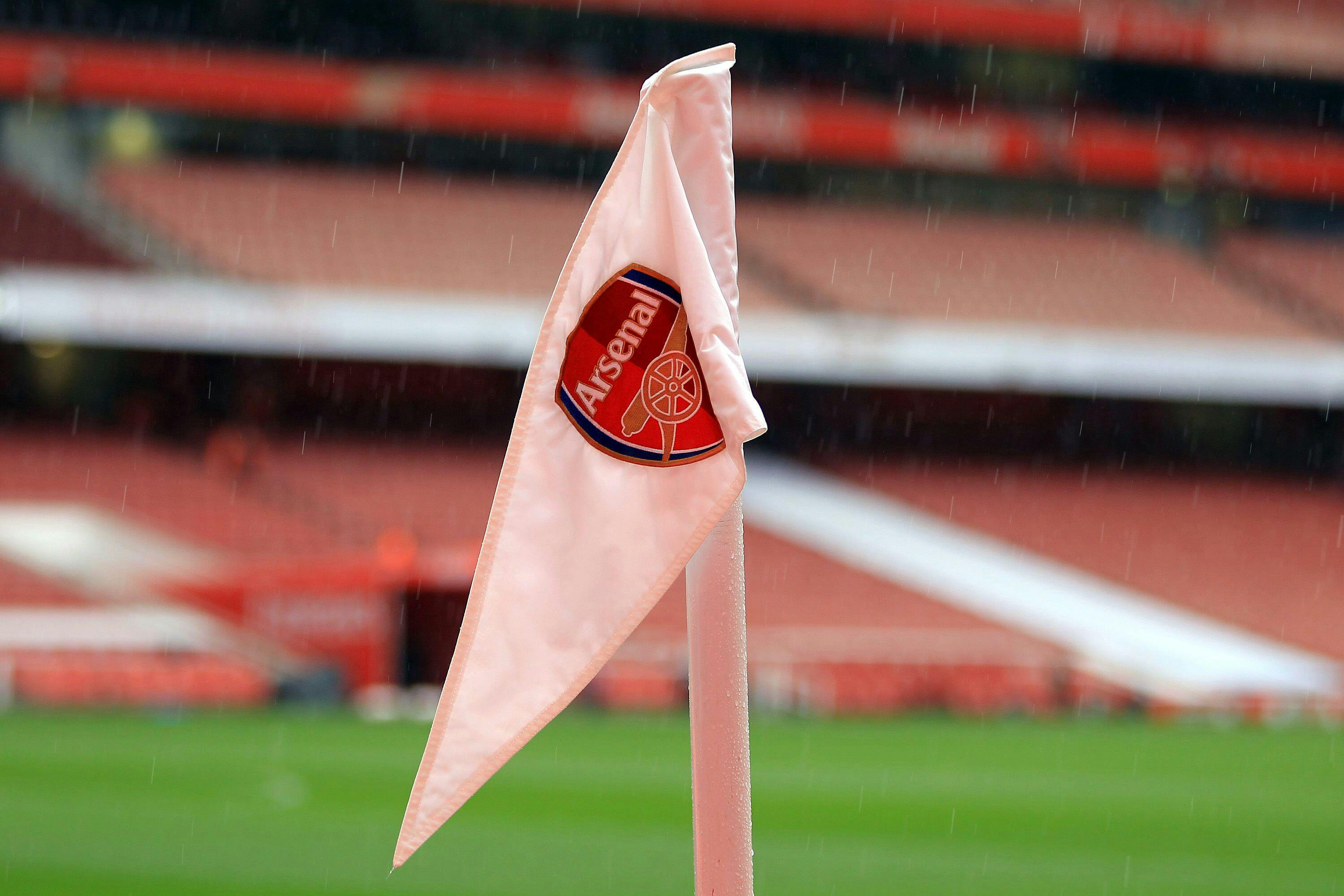
Arsenal vs Wolves: 66/1 Mega Bet Builder Tip 13/12/2025

50/1 A Card For Each Team in Sunderland vs Newcastle! Sky Bet New Customer Offer for 14/12/2025

50/1 A Goal To Be Scored in Arsenal vs Wolves! Paddy Power Sign Up Offer for 13/12/2025
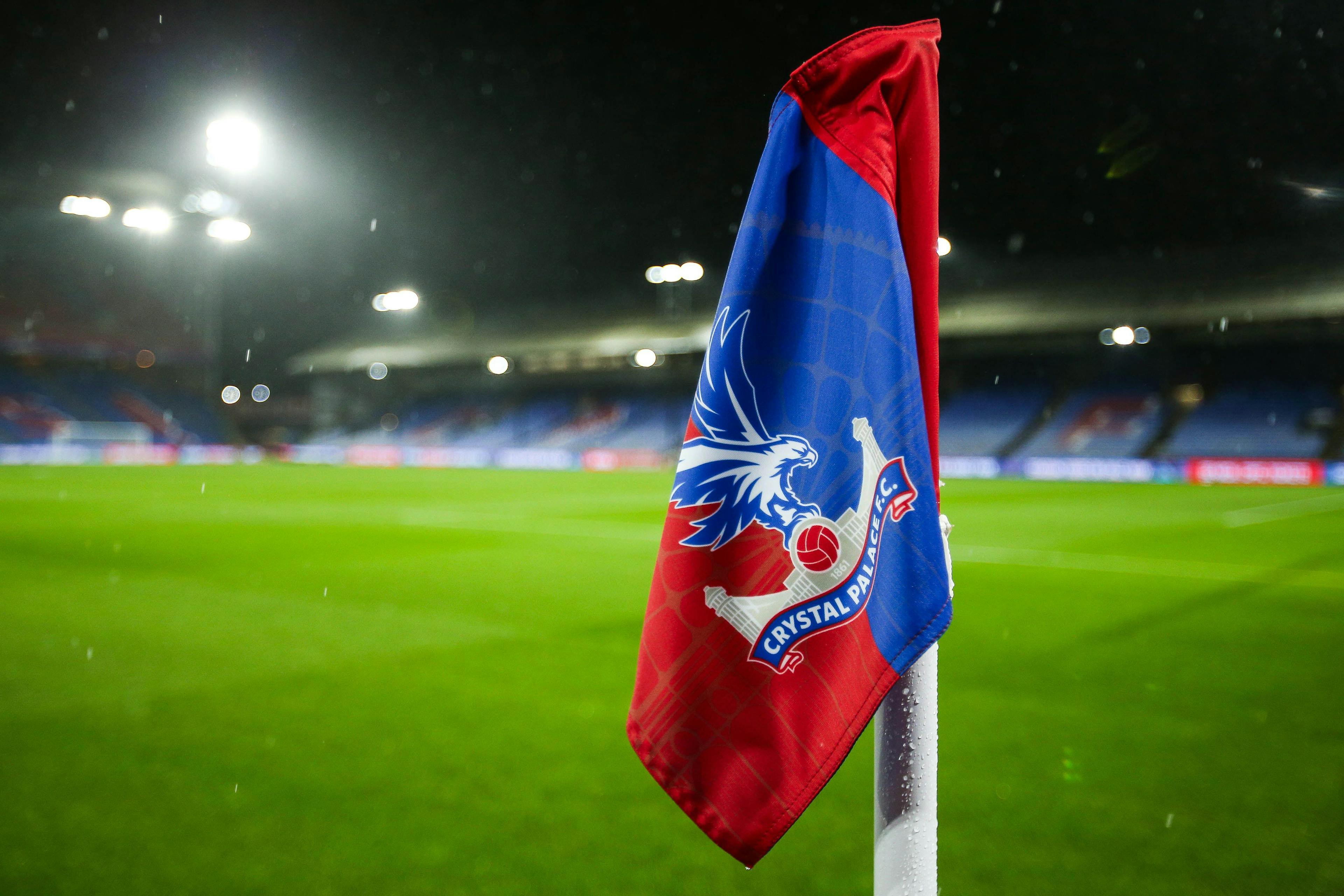
Crystal Palace vs Man City: 71/1 Mega Bet Builder Tip 14/12/2025
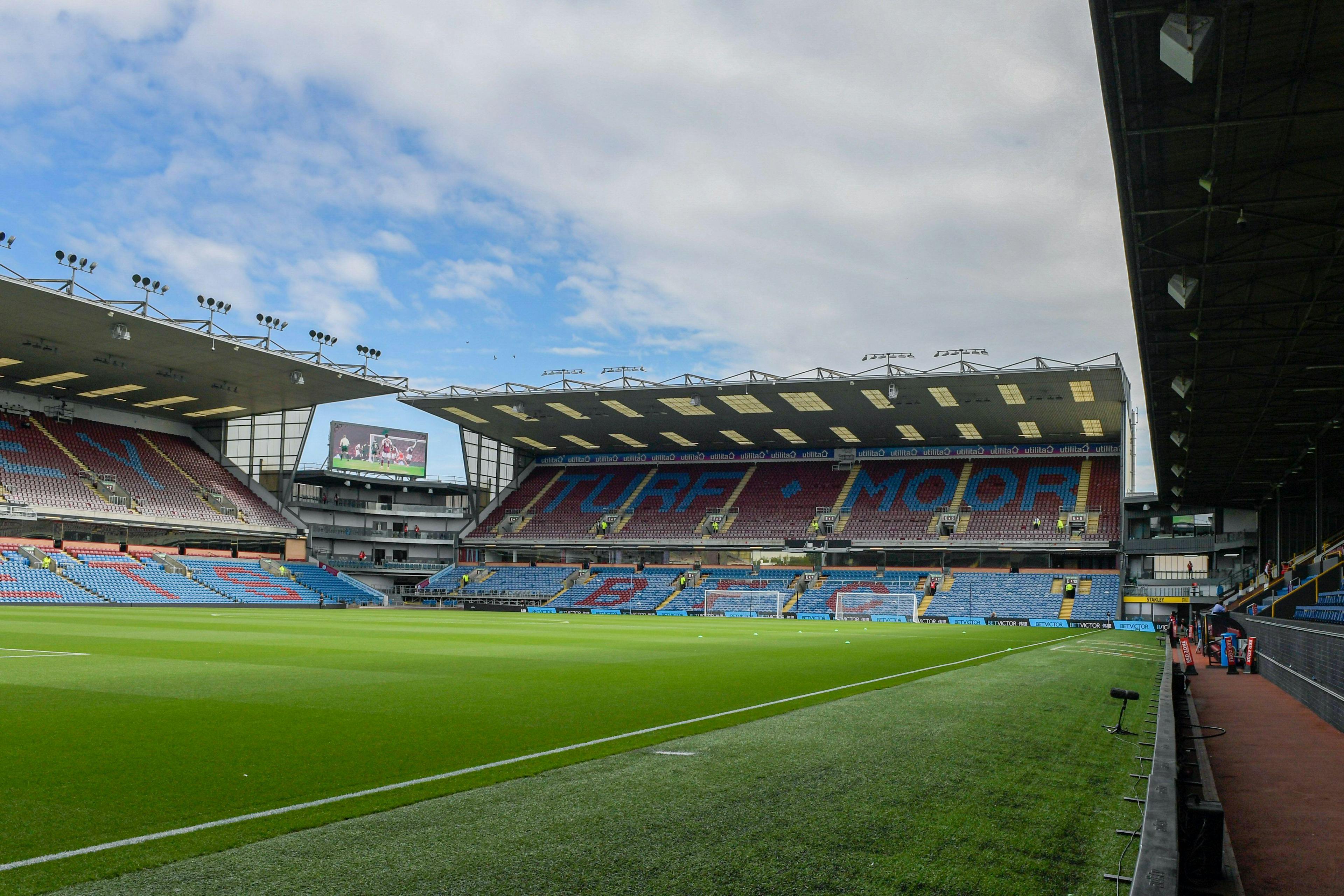
Burnley vs Fulham: 56/1 Mega Bet Builder Tip 13/12/2025
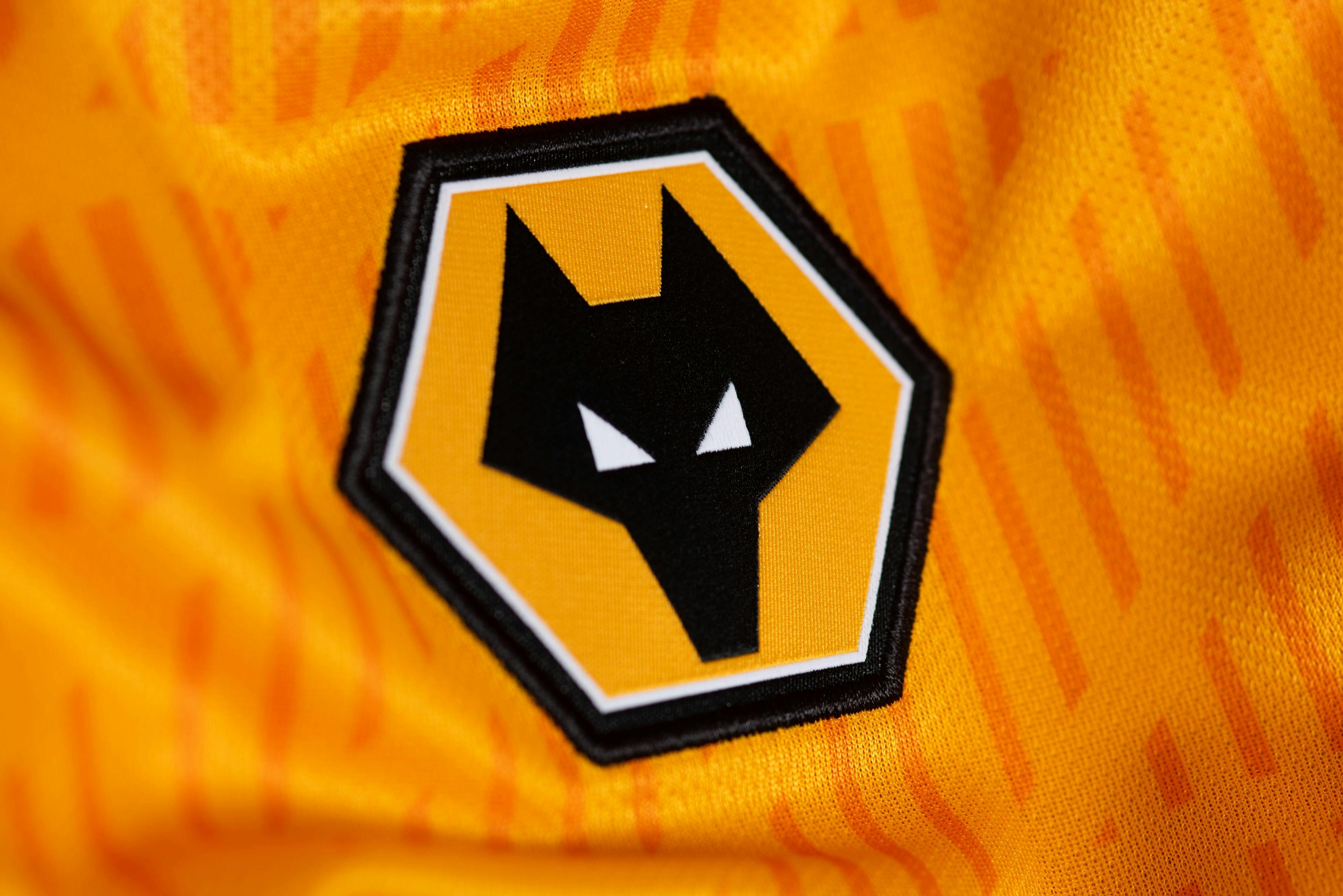
Wolves vs Manchester United: 56/1 Mega Bet Builder Tip 08/12/2025

Fulham vs Crystal Palace: 58/1 Mega Bet Builder Tip 07/12/2025
